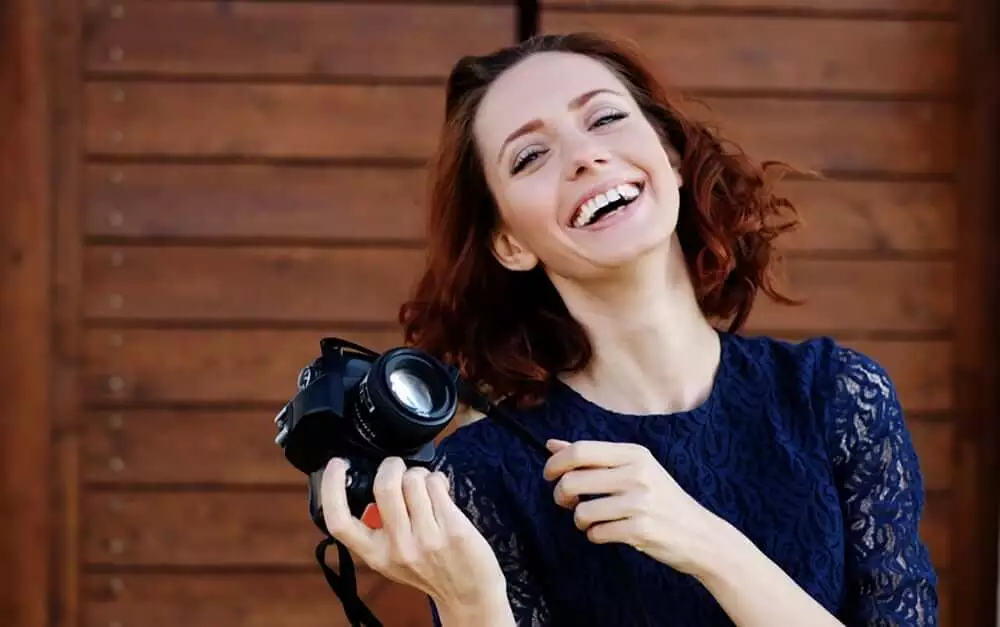When you daydreamed about being a photographer, I bet it never included editing photos at 3am.
Likely, you dreamt of shooting with clients in gorgeous locations in gorgeous light and pushing your creative vision to new levels.
But like most photographers, you probably realized really quick that you will spend a LOT of time at your desk editing.
To make things worse, you rarely have large chunks of uninterrupted time to focus on editing. Your day is punctuated by interruptions, both external and self-inflicted.
Every day I meet new photographers with tons of potential who are incredibly talented, creative and are 100% “all in” as a full time photographer. They share their dreams of becoming the biggest name in their market and naturally I cheer them on!
They burn bright at first and then after a couple of years they burn out. It’s sad!
I think the number one reason photographers burn out is because the post production becomes too great a burden. They die a slow death at the computer when they really wish they were out shooting and traveling more.
I’ve made a career out of teaching people post production. My company, Essential Edit, serves photographers all around the world, providing editing and design services.
So my work is essentially to lead a team of hard working editors who never sacrifice quality for speed- yet do their work swiftly.
Below are three actionable things you can do today that will speed up and change your workflow forever. It is possible to have a tight workflow that doesn’t take forever.

1) Don’t overthink it.
For most photographers the task of color correction takes up the most time.
Too many photographers get lost in the endless sea of presets. Presets are amazing- I love them and use them myself! Problems arise though when you’ve got 700 images to process and you’re trying different presets on every image just to see how they look.
Let’s do some quick math: 700 images times 2 minutes each = 23 hours.
“But Leon I’d never spend 2 minutes on each image!”
Even if you cut that in half, it’s still 12 hours!
Here’s the mindset I want you to have: The first pass should be to establish clean and consistent Brightness, Contrast and White Balance. You’ll be amazed at how single-tasking will increase your speed and keep your work flowing. Save the creative edits for the next stage when you can pinpoint a smaller group of images, get in and get out.
When using presets, I suggest having three “go to” settings to help you stay on track.
Baseline preset: Apply this when you import your images into Lightroom. This could be your favorite “film look” or just a set of general settings for contrast, saturation, sharpening, noise reduction, etc.
B&W Preset: Keep this handy. Apply when appropriate.
The burner: Maybe you’ve got a bangin’ creative effect that you love and reserve just for the very best.
2) Know your pace
Creative work is highly NON-competitive. I’m not talking about the marketplace and finding new clients or new spots to shoot. I’m talking about the creation part. Have you ever seen a sculpture racing contest? Of course not.
But I think photographers should treat their post production a little more like a track race instead of an LSD trip.
Let me explain.
A competitive runner can tell you their personal record for running a mile. Long distance runners can tell you the exact finish time of their last marathon.
But when it comes to post production, no one knows how long it really takes them to edit. Yet it’s what they spend the most time on!
Here’s my challenge:
Keep a pad of paper on your desk. Every time you sit down to do any form of post production, I want you to record:
– the number of images
– each task performed
– how long it took you
YES, use a timer! If you divert for any reason: phone call, text message, coffee break, whatever- hit pause on your timer. I want you to have accurate numbers.
Why? Because this will do two things for you:
You will naturally want to beat your numbers. Now you know the score and the competitor inside you is going to do its best to make a new personal record. This is a good thing!
Trust me, you can be swift and accurate! They are not mutually exclusive.
You will have real numbers to use to your advantage. Now when your client calls to ask when the pictures will be done, you will have a much more accurate estimate. This will give both your client and yourself a better piece of mind.

3) Care a little less
I really don’t mean to sound brash, but your client? The bride & groom, the engaged couple, the high school graduate? They can’t tell the difference between 50 points of yellow or 10 points of contrast.
Let me tell you a story…
In 1999 I worked in a camera store that had a full-service lab. Whenever I needed a print made the lab manager, Mark, would find me on the sales floor, slap 6 test prints on the counter and ask me which version I liked best.
I was no rookie. I had already been a photographer for 8 years.
Yet it was really hard for me to see significant difference between those 6 test prints. It took Mark pointing out these differences to me before I could see it.
Your clients aren’t color specialists. They’re not professional editors. And I hate to break it to you… they won’t even enjoy your images on a calibrated screen!
So please don’t worry yourself over one click of yellow, 10 points of contrast, or whether you should bump the sharpening “just a tiny bit more.”
You have to remind yourself that most clients just want to see themselves looking fabulous!
Hopefully you did your best work when you captured them at a gorgeous location, in gorgeous light and pushed your creative vision to another level. This is what they will remember when they see your work.
If you can get a handle on your workflow, you can prevent the burnout that claims too many photographers every season.
Now go out and do your best work this year!
Try Bloom’s 14-day free trial!